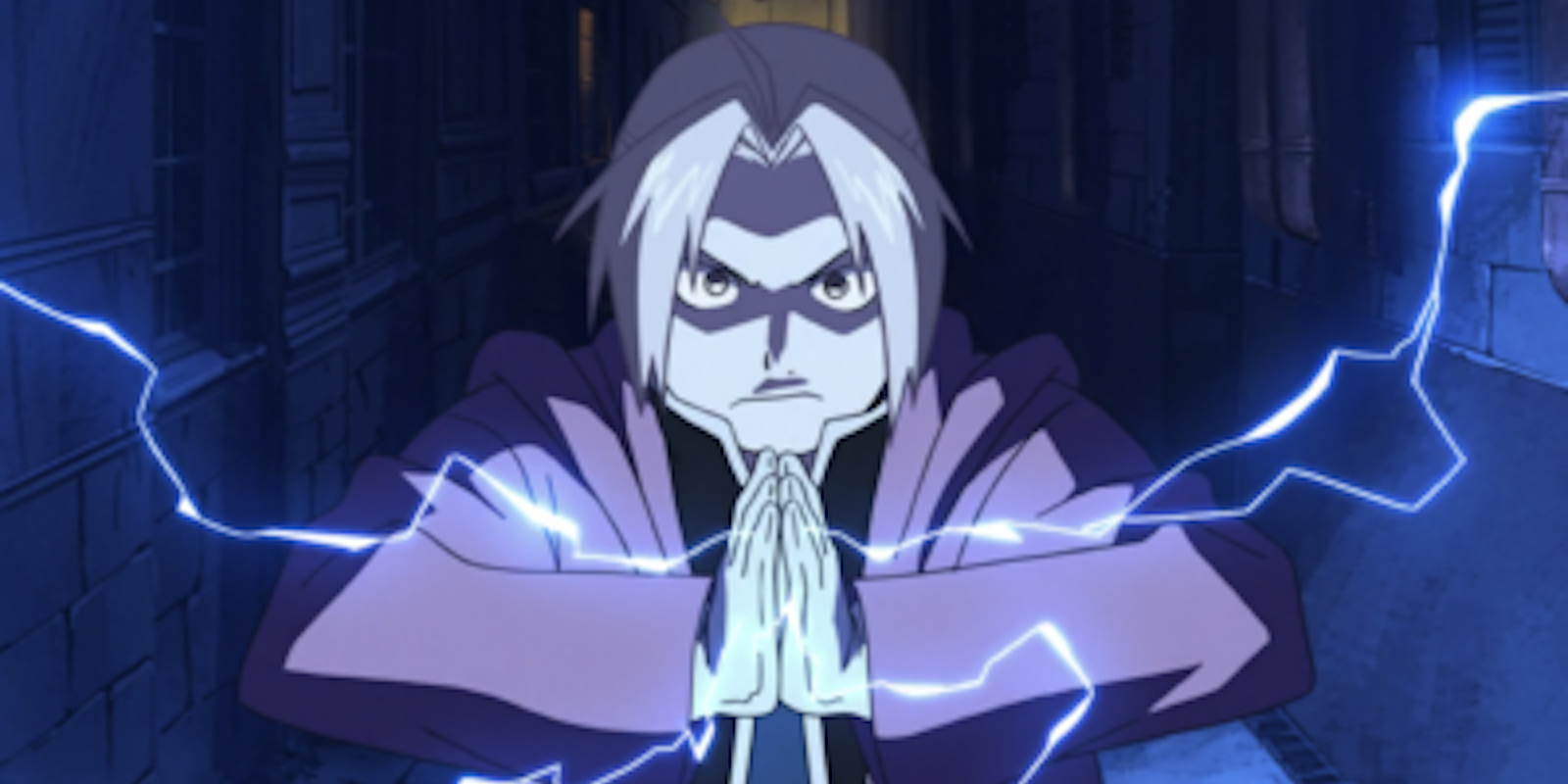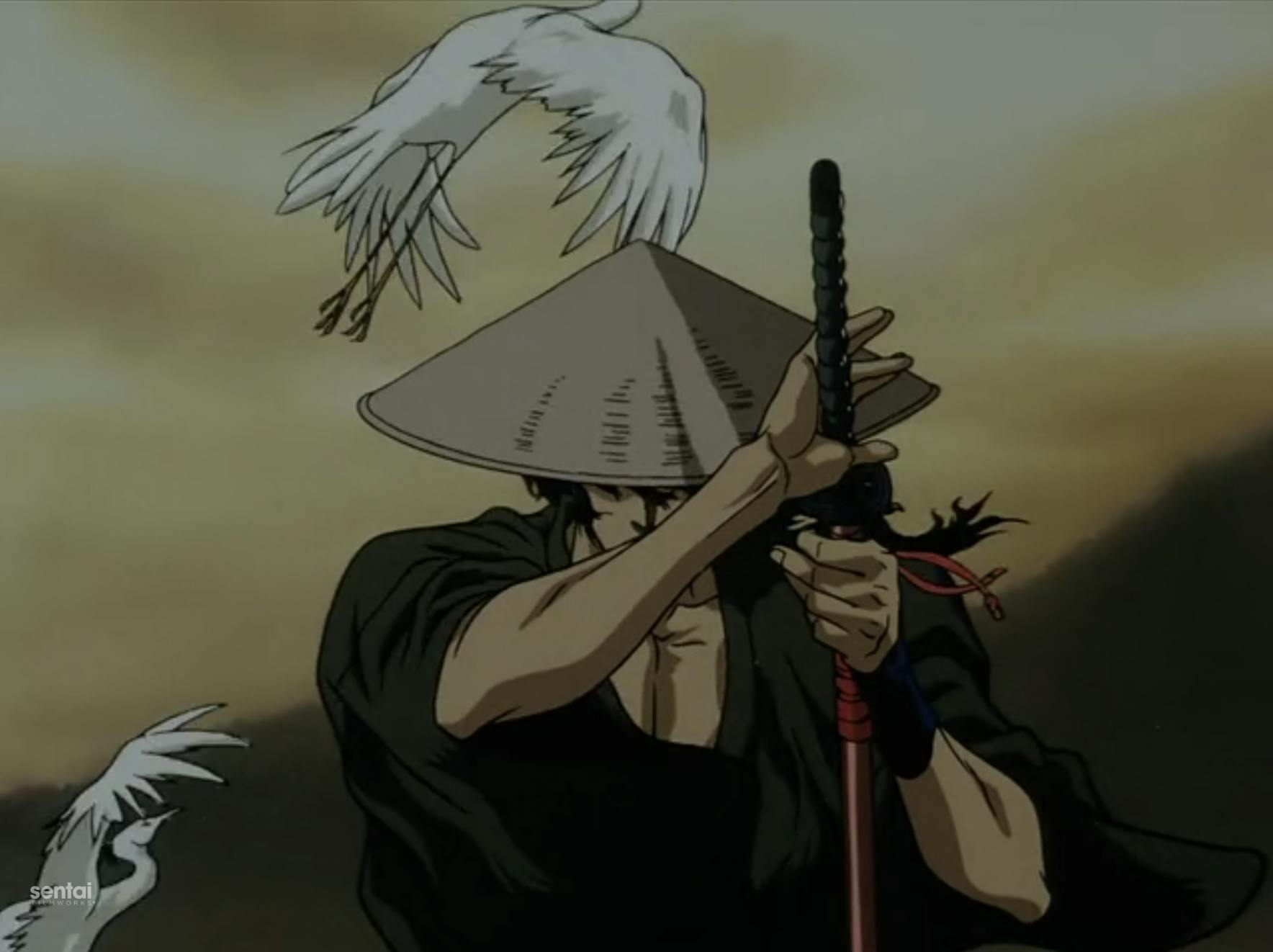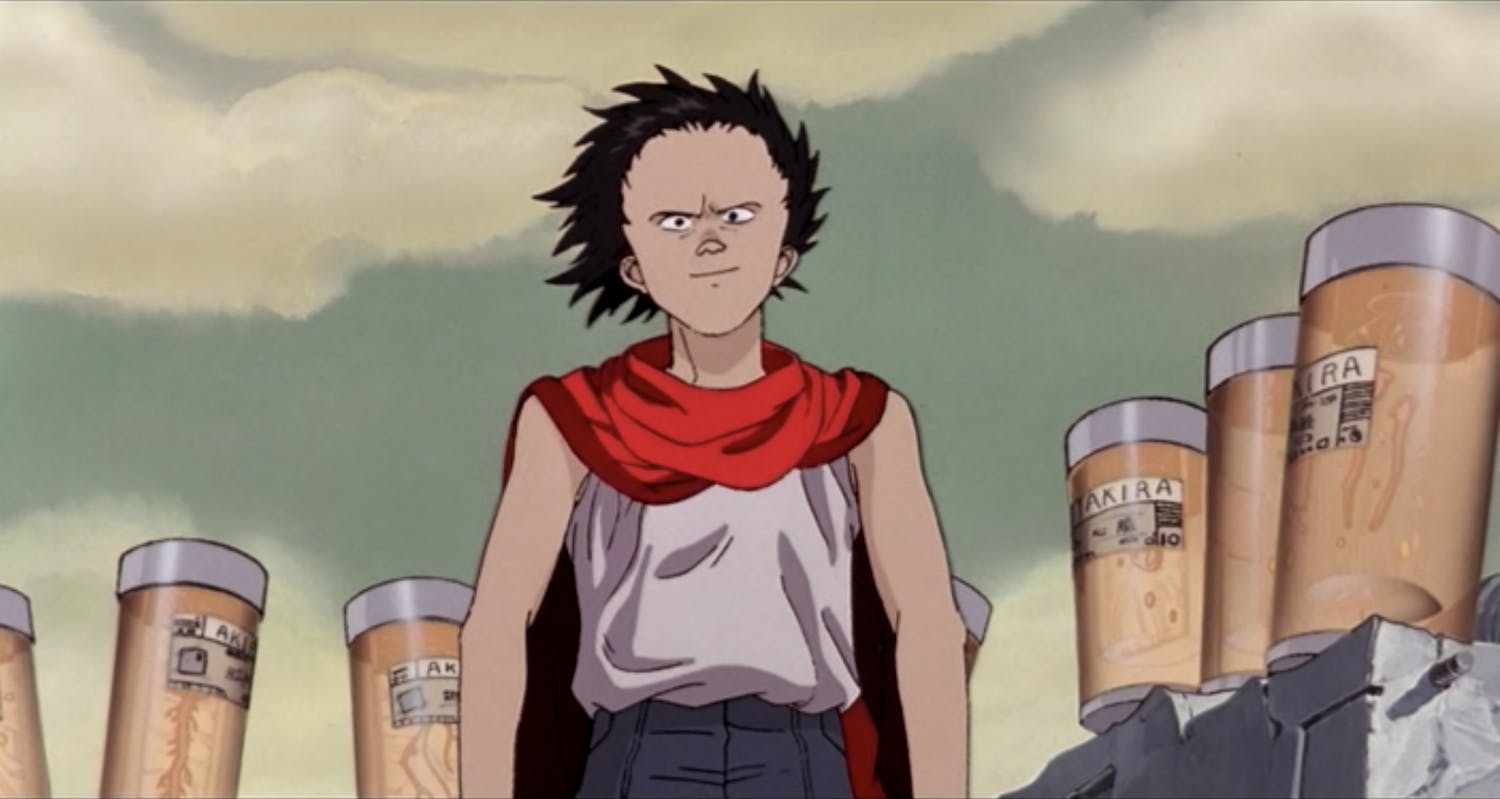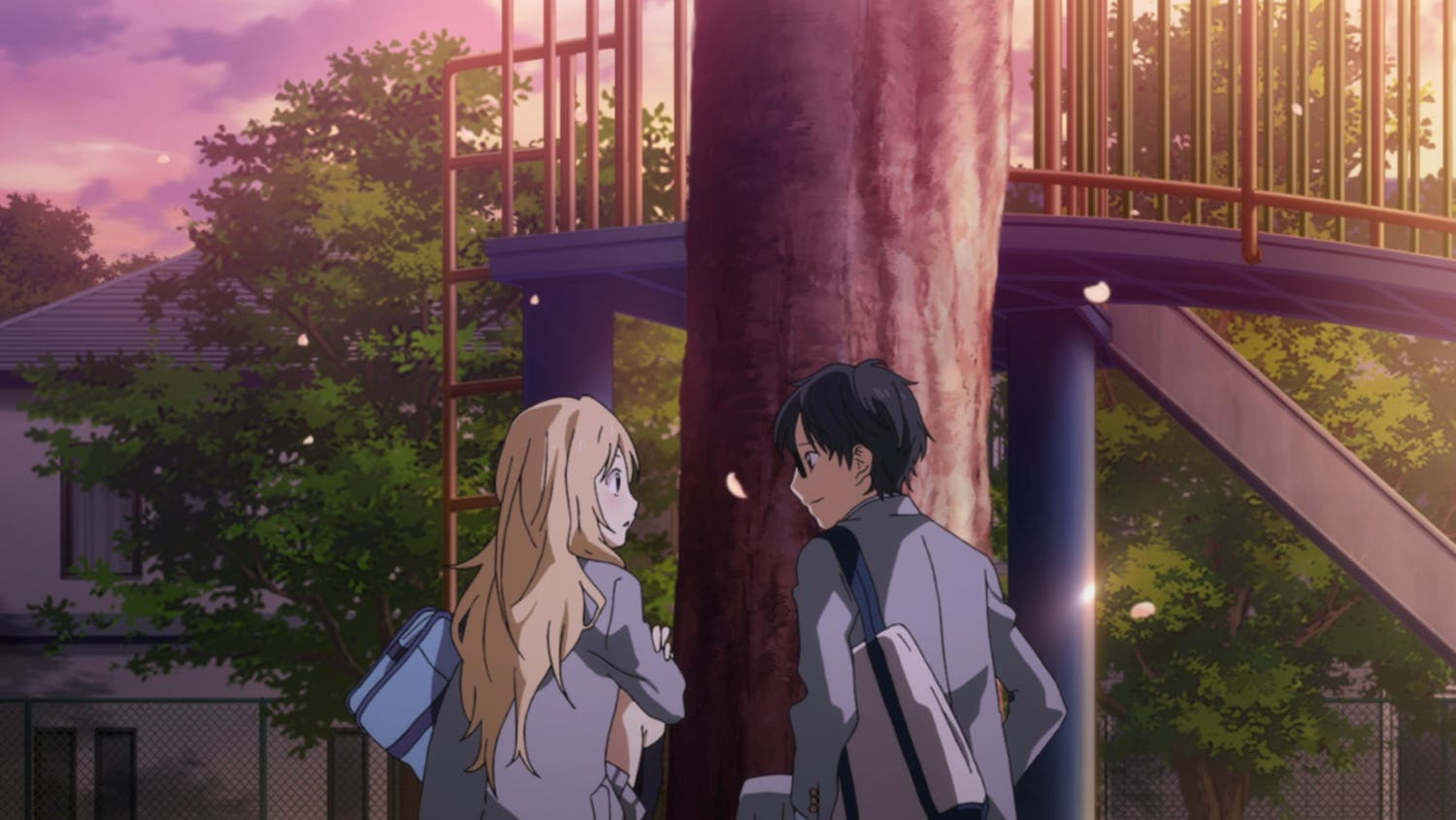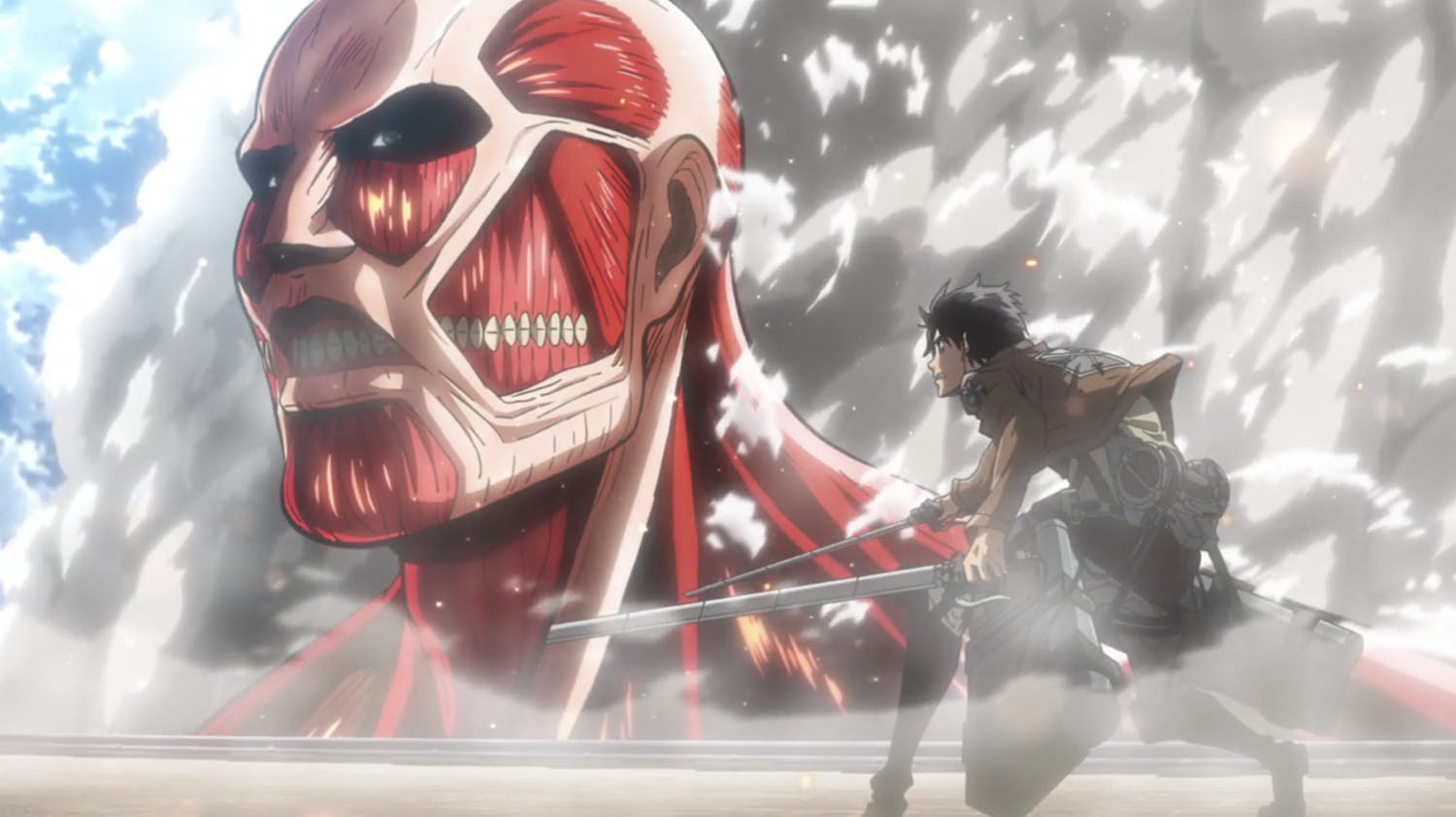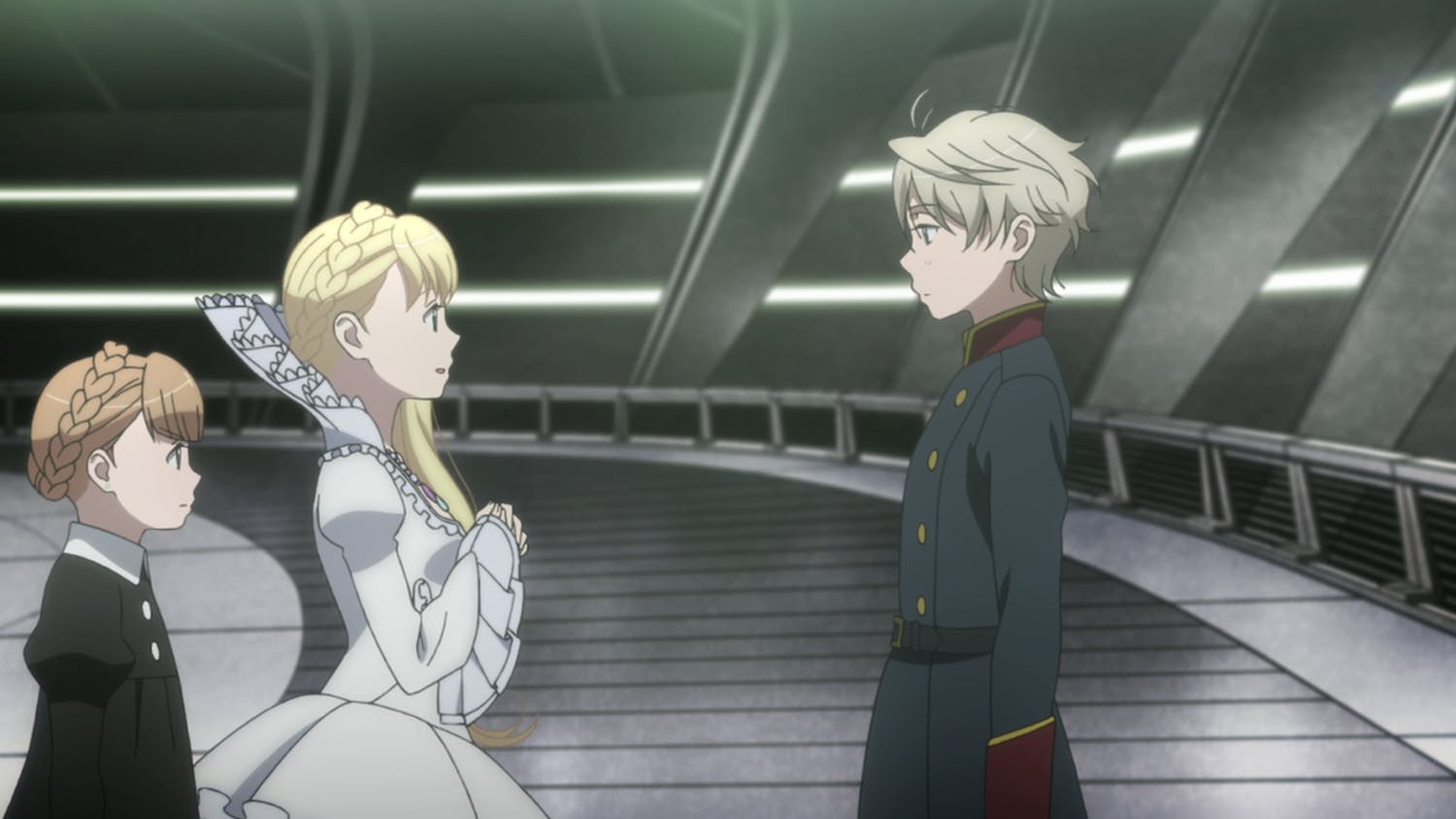For decades anime was only the domain of die-hard genre fans or people willing to hunt down rare, imported, VHS tapes to get their animation fix. Today, thanks to expanded licensing that brought more series to American shores, anime is bigger than ever. Maybe you caught Princess Mononoke when it made an end-of-year list or saw a stray episode of Dragon Ball Z on TV. But what is anime, and how did it get so popular?
Whether you’re a longtime fan or a neophyte looking to get your feet wet, every anime fan probably has a few questions about its history. Here’s a guide to the magical animated world of giant robots, giggling magic users, and post-apocalyptic chaos. By the time you’re fully acquainted with anime, Senpai will notice you for sure.
The 10 Best Anime Series on Netflix:
What is anime?
In its most basic form, anime refers to animation. Interestingly enough, the name itself isn’t an abbreviation of the English word animation. Instead, it’s how you say “animated cartoon” (written アニメ) in Japanese. To a Japanese viewer, anime is any cartoon, whether it’s made in Japan or not. Outside of Japan, however, the term anime has come to mean “animation made in Japan,” or more broadly, any animated show or movie that uses signature aspects of Japanese-style animation, like vibrant colors, dramatic panning, and characteristic facial expressions.
In the U.S., most anime is classified as a niche form of entertainment, especially for adults. It’s looped in alongside other fandoms and often left to the wayside of mainstream entertainment. In Japan, however, anime is a culturally accepted and fairly basic form of entertainment for adults. This difference means that anime contains multitudes, with content produced for a wide range of viewers. Your first mental image of anime might be a spiky-haired magician or a sci-fi robot, but the genre contains multitudes. From drama, action, and romance to historical fiction, horror, comedy, and more—there’s an series to match any taste.
READ MORE:
- 5 easy ways to watch anime online
- The 25 best anime on Netflix
- The best anime on YouTube
- The best anime theme songs ever
What’s the difference between dubbed and subbed anime?
Anime comes in two formats: Dubbed and subbed. Subbed plays the original Japanese vocal track for the show or movie you’re watching with English (or whatever language you’re watching in) subtitles. Dubbed, on the other hand, features an English-speaking cast of voice-over actors working from a translated script. There are advantages to both formats.
Subtitled anime, when done right, gives you the most accurate version of the original version, down to the vocal inflection of the Japanese-speaking actors. Dubbed titles offer more of a mixed bag, especially with other series and films. American dubs in the ’80s and ’90s were often laughably wrong, due to cheap production budgets. Most modern titles have fixed this issue, but you’re more likely to see voiceovers that don’t sync with the characters’ mouths in dubbed versions.
Anime for kids
Just because it’s animated doesn’t mean it’s for kids, as any parent might learn while watching movies like Vampire Hunter D with theirs. Like any form of art or entertainment, it’s up to parents to deem what’s appropriate for their children. Modern streaming services like Netflix require ratings for all the anime titles it carries. Almost make sure you’re watching the right version of the series. Some favorite hits like the original Dragon Ball were edited in America initially, but the uncut, original version appears on streaming services today.
If you’re worried about the anime content your children are watching, check its rating and look out for specific terminology. For instance, the term “fan service,” when referring to a “fanservice cut” of a particular feature. Fanservice shows often feature gratuitous titillation, nudity, or peek-a-boo underwear shots. Most of the time, these titles are no more graphic than a Sports Illustrated Swimsuit issue, but it’s always good to be aware.
READ MORE:
- 10 anime to watch if you loved Yuri on Ice
- ‘Yuri on Ice’ season 2 can’t come soon enough
- How to make the most of your Crunchyroll subscription
- The 10 best anime on Hulu right now
How has anime culture taken root in America?
Anime in the U.S. dates back as far as the early ’60s with shows like Astro Boy and Gigantor. Other titles slowly made their way into American fandoms from Japan, with Star Blazers and Battle of the Planets hitting U.S. channels in the ’70s while Robotech took the cartoon-loving kids of the ’80s by storm.
The advent of home video in the ’80s opened the floodgates, introducing viewers to movies like My Neighbor Totoro and Macross: Do You Remember Love? As cable television evolved in the ’90s, channels like Cartoon Network and Sci-Fi programmed anime blocks. Anime TV movies were aimed at both children and adults, inspiring fans of Akira and Dragon Ball alike. Today, anime is available on most streaming services like Hulu, Netflix, and Amazon Prime. Its impact is hard to quantify, but a glance at pop culture shows anime’s fingerprints everywhere.
Tumblr and Instagram are full of anime memes. Sites like MakeGirlsMoe let fans generate their own personalized anime identity from scratch. Anime characters are popular options for Halloween costumes, regardless of age, and anime remains one of the biggest drivers of the cosplay community, thriving at conventions worldwide.
Even if you aren’t a regular Japanese animation fan, the genre finds ways to bleed into everyday life in the music, video games, and big-budget Hollywood movies people consume day to day. Even well-known American cartoon Adventure Time wears its anime influences on its sleeve. When it comes to anime’s influence on hip-hop, numerous rap artists over the years have referenced or homaged Dragon Ball Z or its characters in their work, from B.o.B to Soulja Boy.
The 10 Best Anime Movies on Hulu:
Manga vs anime
Manga are Japanese comic books, which often serve as the inspiration for an anime series. While in America manga refers only to comics from Japan, “manga” is just the Japanese word for comic books. So in Japan, all comics are technically manga. If you’re already a fan of both, or simply anime and reading, consider adding a manga series to your reading list. There are plenty of enthralling options to choose from.
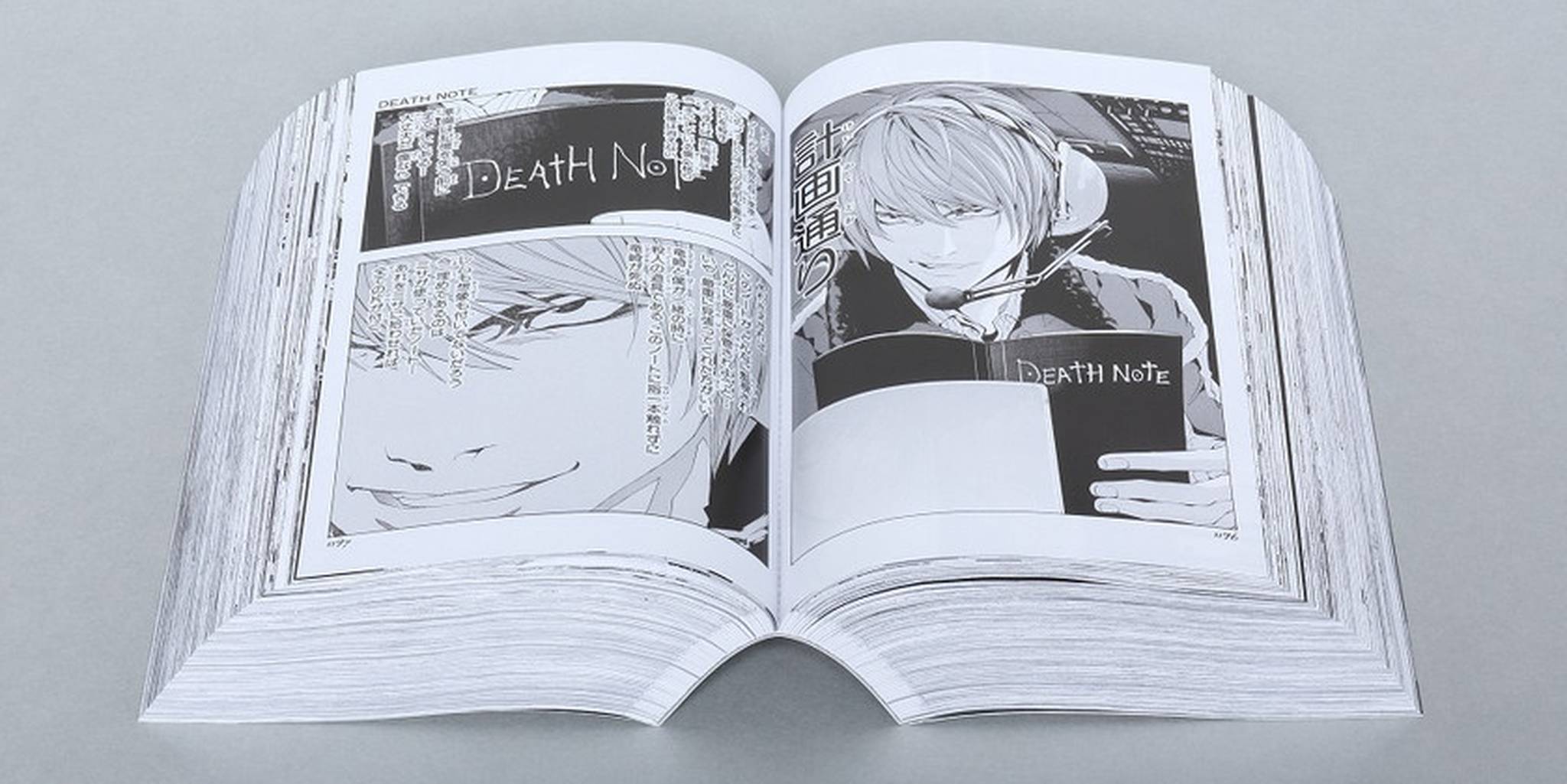
Anime genres
If the first thing that comes to mind when you think of anime is two guys in Karategi throwing fireballs at each other, you’re not alone. Thanks to video games and teenagers everywhere, that’s most peoples’ first impression. But Japanese animation encompasses a diverse range of storytelling styles, from horror to romance and everything in between. Here’s a brief crash course in just a few of the numerous genres that call anime home, along with links to find the best streaming options for each.
Horror
Japan has a rich history full of monsters and ghosts. Horror anime comes in countless flavors, from action-focused titles like Attack on Titan to the gore-soaked insanity of Tokyo Ghoul. Don’t worry, it’s not just one big bloodbath, thanks to contemplative sci-fi series like Serial Experiments Lain or Dusk Maiden’s soapy delights.
Romance
Love is a language every culture speaks, and plenty of anime companies have brought their romantic delights to American shores. Romance titles usually fall into two categories, comedy, and drama. Some titles, like Toradora!, manage both, drawing laughs while pulling viewers heartstrings. LGBTQ voices are even starting to make an appearance in series like Yuri on Ice.
Mecha
For many Americans, mecha anime was the first taste of the genre, thanks to the Robotech invasion of the ’80s. The tradition continues with old-school classics like Mobile Suit Gundam (made initially around the same time as Robotech) while Netflix delivers newer hits in the form of Knights of Sidonia. Don’t worry, if your heart lies in watching giant robots blow the hell out of each other, anime still has your back.
Fantasy
Japanese animation is more than just heartbreak, fighting, and melodrama—it’s a place to explore the boundaries of the imagination. Paprika is a spellbinding tale of scientists investigating human dreams, pushing beyond the imagery live action effects can pull off to build an artistic tour de force. Looking for a story with less chaos and more nuance? Colorful won the 34th Japanese Academy Prize for Excellence in Animation, by using fantasy to explore humanity’s relationship with death. If you give these oddball films a chance, you won’t regret it.
Holiday
You don’t need to stop watching anime just because it’s the holidays. While Japan has only celebrated Christmas for a handful of decades, the cheer of the season has already penetrated its animation. From special episodes of beloved series like Digimon Adventures and Sword Art Online to full-on features in the form of Tokyo Godfathers, you’ve got a host of options for celebrating the season.
Where to watch Anime online
After all this information you’re probably chomping at the bit to actually watch some. Thankfully you live in the streaming renaissance, which means it’s easier than ever to get your fix. Thanks to questionable enforcement of copyright laws there are plenty of sites to stream anime for free. Mainstream streaming services like Netflix and Hulu have extensive anime collections, even producing their series and financing the import of new titles. You probably already have those options, but if you’re looking for a more in-depth catalog of classic titles and new releases distributors like Crunchyroll and Funimation each offer dirt stream digital services.
Editor’s note: This article is updated for relevance.

